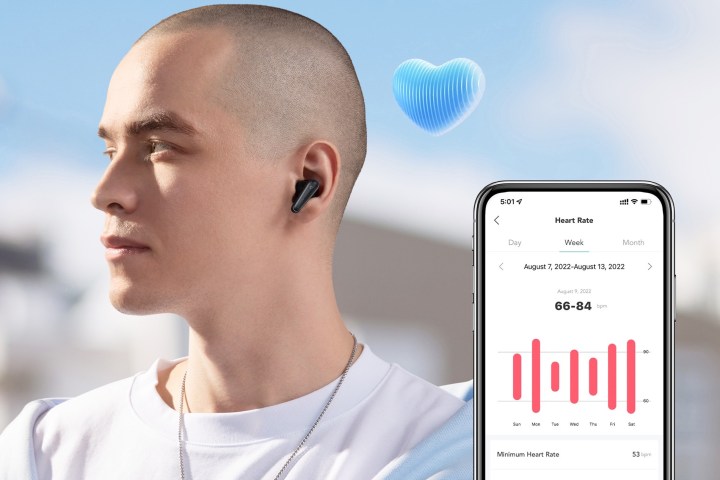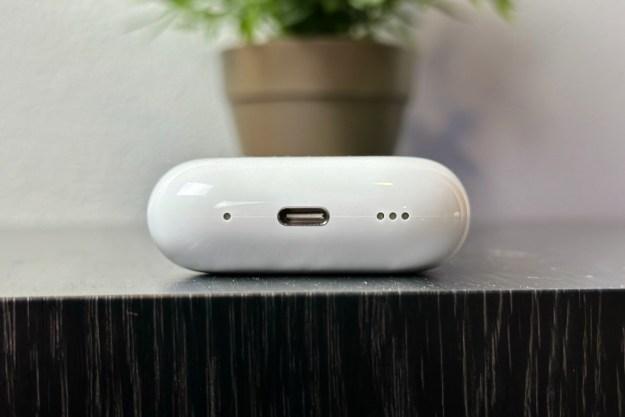Soundcore is revamping its lineup of wireless earbuds with a new naming convention and a lot of new features. The Liberty 4 is technically the latest version of the company’s popular Liberty Air earbuds, but the “Air” portion of the name is now history. They’ll be priced at $150 when they go on sale in October.

Design-wise, the Liberty 4 will look very familiar to Soundcore fans. They maintain the same elongated-stem shape from the previous models and their wirelessly capable charging case uses the same sliding lid mechanism that the company first used on the Liberty Pro. But if you look a little closer at those stems, you’ll see the first big change: a small set of flattened areas. Instead of touch controls, these are the same force controls seen on the Apple AirPods Pro, and they work the same way, with a squeeze-to-click gesture.
Inside the earbuds is dual set of dynamic drivers arranged coaxially (one directly in front of the other), which should allow for clearer mids and highs while also providing a strong bass response. Soundcore has equipped the Liberty 4 with Sony’s LDAC Bluetooth codec as it has done with its previous flagship earbuds, but inside the Soundcore app, you’ll find yet another Apple-esque feature: spatial audio with the option of using head-tracking to simulate a real listening environment. Unlike Apple’s version, which only works on 5.1 or Dolby Atmos content, you can apply Soundcore’s spatial audio to any audio source.

Bluetooth multipoint is supported along with active noise cancellation (ANC), transparency mode, and music auto-pause thanks to onboard wear sensors. And if that isn’t enough tech for you, try this on for size: the earbuds also contain hear rate monitors. This feature is now common on smartwatches like the Apple Watch, but we haven’t seen it implemented on a set of earbuds since Jabra launched its now-discontinued Elite Sport earbuds, in 2017.
And while you may not wear earbuds for every workout, when you do, the heart rate results should be very accurate. The ear is preferable to the wrist for this measurement, according to experts. So go for a run or a walk — the app can track your workouts and suggest new ones for you to try — just don’t go for a swim: the IPX4 rating is fine for a bit of sweat or rain, but not much else.
Battery life is a claimed nine hours per charge when ANC is not in use, and the case’s capacity gives you a total of 28 hours. These numbers will drop, however, if you use ANC,
Editors' Recommendations
- Nothing’s new earbuds upstage Apple, Google, and Amazon by embedding ChatGPT
- Sony WH-1000XM6: the design and features we want Sony’s next headphones to deliver
- Cambridge Audio’s first AirPods Pro competitor has lossless audio, massive battery life
- Sennheiser’s new sports earbuds send heart rate, temperature to popular fitness apps
- Sennheiser Momentum True Wireless 4 debut with lossless audio, but skip the spatial trend




